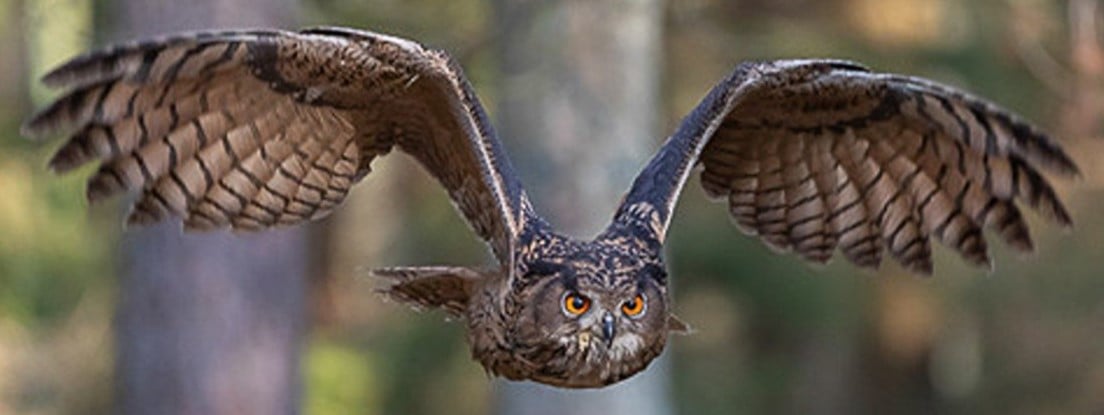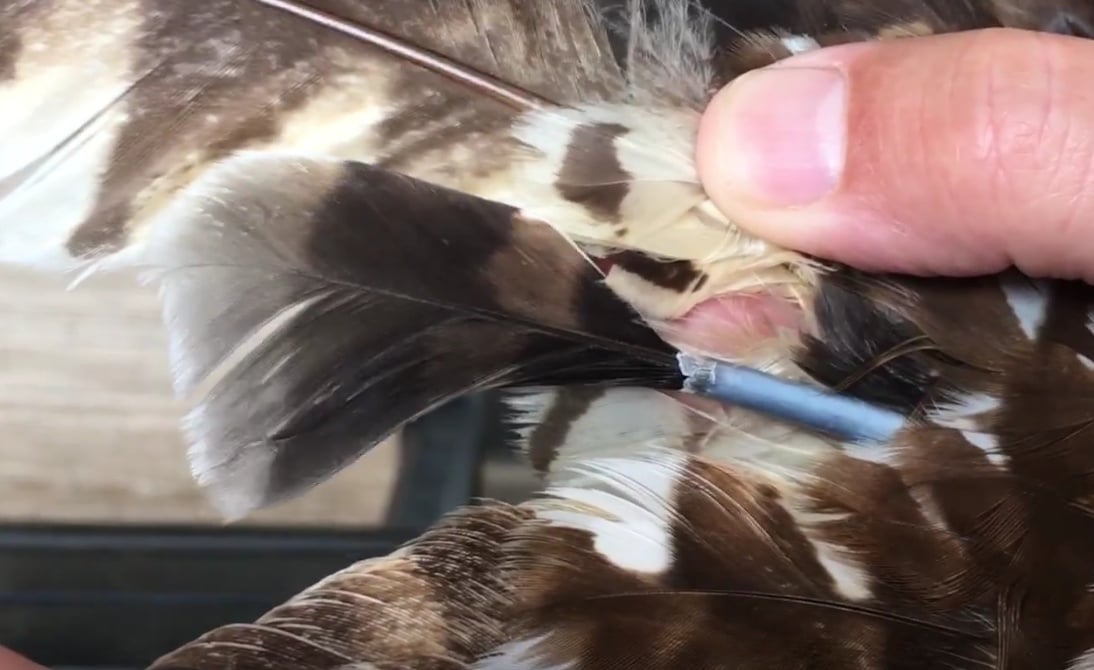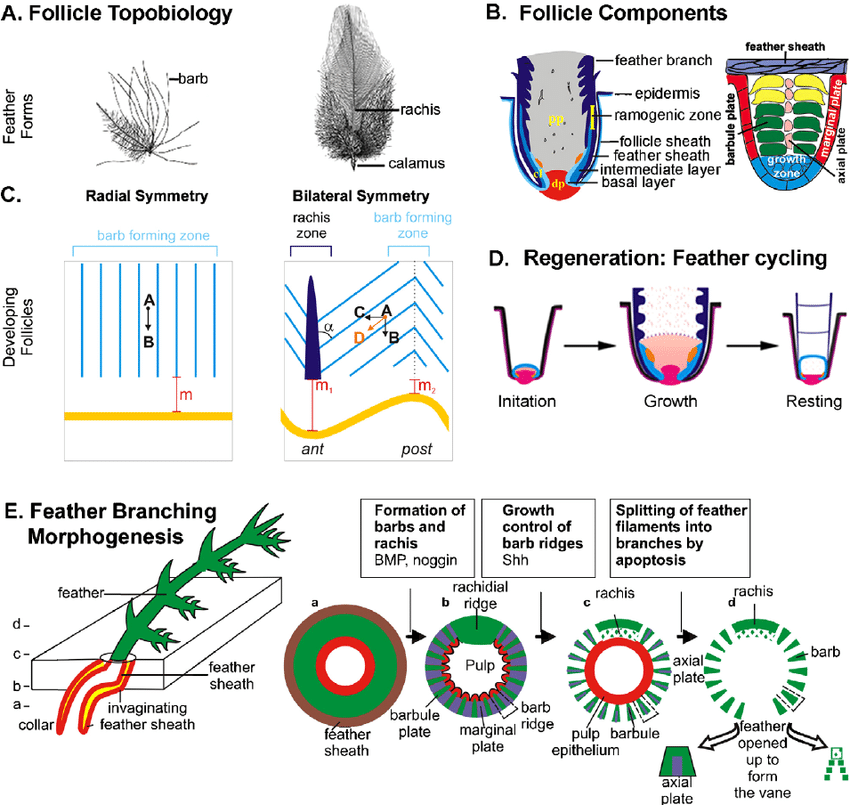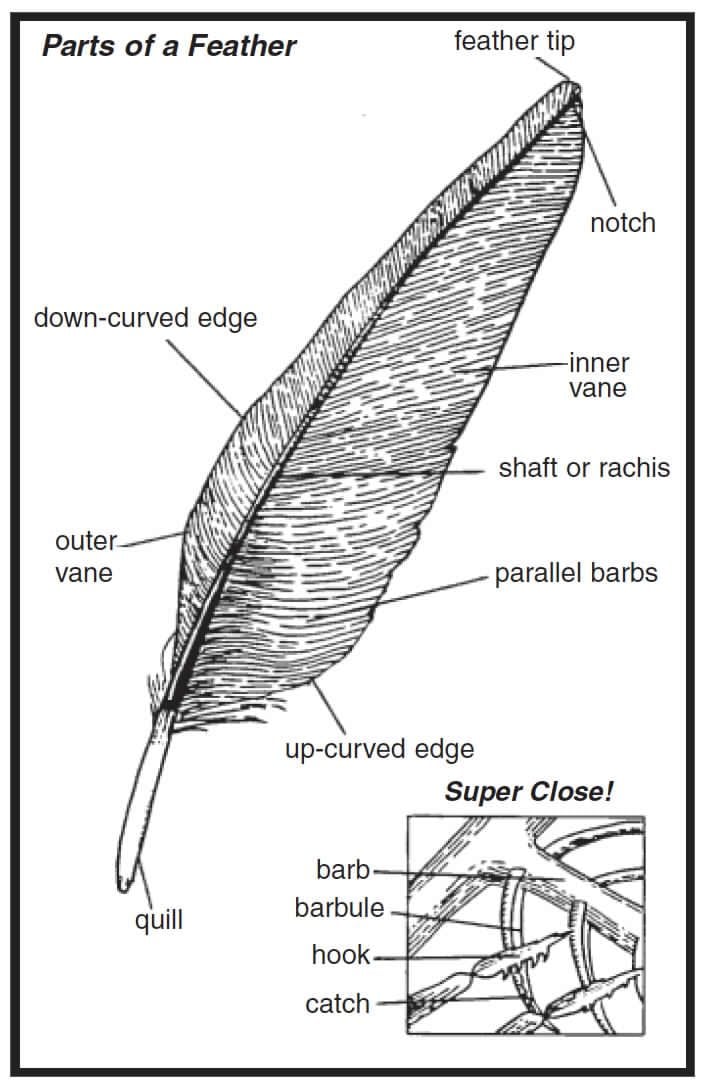Looks like a grouchy little old man
".... and get off my lawn!"
For owls that are superb.

US Wild Animal Rescue Database: Animal Help Now
International Wildlife Rescues: RescueShelter.com
Australia Rescue Help: WIRES
Germany-Austria-Switzerland-Italy Wild Bird Rescue: wildvogelhilfe.org
If you find an injured owl:
Note your exact location so the owl can be released back where it came from. Contact a licensed wildlife rehabilitation specialist to get correct advice and immediate assistance.
Minimize stress for the owl. If you can catch it, toss a towel or sweater over it and get it in a cardboard box or pet carrier. It should have room to be comfortable but not so much it can panic and injure itself. If you can’t catch it, keep people and animals away until help can come.
Do not give food or water! If you feed them the wrong thing or give them water improperly, you can accidentally kill them. It can also cause problems if they require anesthesia once help arrives, complicating procedures and costing valuable time.
If it is a baby owl, and it looks safe and uninjured, leave it be. Time on the ground is part of their growing up. They can fly to some extent and climb trees. If animals or people are nearby, put it up on a branch so it’s safe. If it’s injured, follow the above advice.
For more detailed help, see the OwlPages Rescue page.
Looks like a grouchy little old man
".... and get off my lawn!"
Not much tops an owl moustache!
Wow, ~never thought about this
Feathers themselves are much more interesting than they would appear. There are many types of feathers, and how they grow in is a much more interesting process than growing a hair.
From AllAboutBirds

(!)
Here is a Barred Owl feather breaking out of the sheath:

That was pretty interesting, thanks!
I'm glad you liked it!
Did anything in particular stand out or something you were still curious about? I'm always curious what specific things you guys like.
I haven't really thought much about how feathers are formed. The logistics of it growing and then peeling off is quite a neat bit of evolutionary gymnastics. It's both quite straight forward but also somehow cumbersome.
It's a great example of evolution being not teleological.

I went looking for a diagram of the follicle to show how interesting that structure alone is, but this one goes above and beyond. The report it came from is pretty intriguing as well, as it looks into possible evolution of feather follicle and mammary glands being similar. It's a bit over my head though, but still very interesting.
The images in B show the follicle structure. There's some sort of hormonal signal IIRC that triggers growth of a new feather. Follicles can become damaged by injury, in which case feathers can't regrow. If this occurs over a large area, such as a burn, infection, or persistent plucking, flight can be compromised.
In E (a-d) you can see cross sections of the pin feather through various stages of development. The rachis is the shaft of the feather, that you would think of when you picture a quill pen. Everything branches off of there. Barbs come out first, and then those branch off into tinier barbules. The Barbules link together like velcro, and that forms the 2 vanes of the feathers. If you run your fingers through a feather against the grain, you will feel resistance and that sensation of pulling apart velcro (though not near that tight!) and that is the barbules separating. When birds groom, one of the things they are doing is setting those barbules back together nicely. This is what gives them a semi-rigid structure, so that when they flap, the air doesn't just pass right through.

Great write up. So complex yet so common. The topography of the development of these is great.
As a former teenager do wonder if the follicles can get infected, like a zit..
Thanks for the in depth info, love it!
Glad you liked it! I like when I get to look these up and learn more myself.
Look up "feather follicle cyst" if you want to see it impacted. The pictures are super gnarly. It looks more akin to an ingrown hair, but since a feather is so much thicker, they are a lot bigger and scary looking. A lot look like bad tumors from how big they can get, and they can bleed a lot, so it's not recommended for people with pet/poultry birds to treat them at home. It's very interesting, and I'm not typically very squeamish, but I don't like seeing things come out of someplace they're not supposed to! 🤢
Thanks again. The feather follicle cyst is indeed what I imagined, and not so fun. Let's say that I won't go into the poultry business anytime soon.
But the knowledge is pretty fun, though!
Yeah, the feather cyst is new to me.
Being egg bound is another crazy one. My brother's workplace started keeping chickens there and one was egg bound, where the egg wouldn't come out. They tried stuff like soaking it's rear in warm water and such and they were all arguing over who of them had to try sticking their fingers up there to free it, but I don't think they ever got it and it died. All this farming stuff is too glamourized these days. Everything I learn about just makes me nope out of there. 😅
I'm still waiting to get in to the animal rescue, but I don't think I'd be involved with that kind of stuff, at least not right away. I think there's certifications and stuff you need to get first before you're allowed to participate in actual medical treatment.
Amazing!
Jasper, you look like a drowned rat! Silly owl. When your new feathers grow in though, you gonna look Mahvelous!